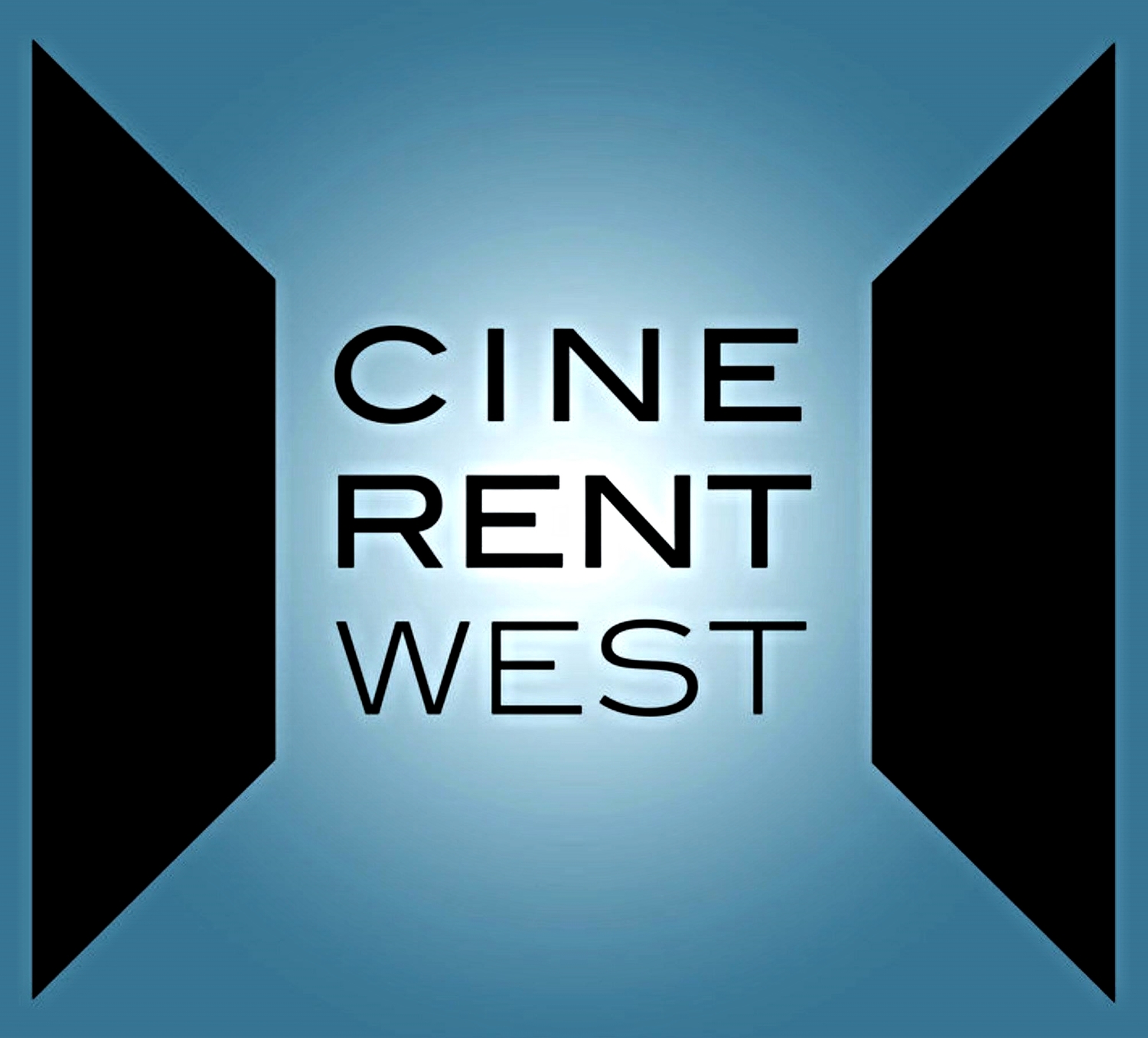Now They See It: How To Make Your Lighting Do Its Job
/In the early 1970s Woody Allen claimed that what disturbed him most about porn films was the lighting.
Well, (insert your favorite joke about Woody Allen's personal life here).
But he makes a good point.
Historically, low-budget adult films, like low-budget instructional videos, have not been concerned with setting the scene for the story and cueing the audience to the changes in the character arc.
This could also be why the music, the other great emotion-building tool of the producer, is so awful in these genres.
We can all spot bad lighting. That's easy. But for this post we wanted to give some advice on how you can consistently create good lighting.
Not just the equipment basics, or how to adequately illuminate your subject. But how do you use lighting to immediately set the right tone for the viewer and ultimately get them to feel what you want them to feel?
We know for sure that if you want your audience to feel creeped out, have your talent hold a flashlight under his chin. But other than that, we're stumped.
So we called up a guy who knows so much about lighting, he teaches a course on it at the Northwest Film Center. That man is Director/DP Gary Nolton. Through his company Limbo Films he has directed the talent and photography for hundreds of productions. And he had some very simple advice for us.
"Understand the mood of the moment," he says, " and use your lighting to help create that."
In other words, first figure out what you're going for emotionally. Then carefully think through how your lighting is going to accomplish that.
Nolton says that on major TV productions or motion pictures, the director will meet with the DP, the production designer, and other members of the Art Department to collaborate on how to visually set the tone. From costumes to set design to hair to lighting--these are all purposely chosen to support the emotions the actors will hopefully be evoking.
The choice of color (or even color family) is extremely important. Because beyond the placement and intensity of the lighting, you can use their pallet to tell the story.
One of his favorite examples of this is in the Netflix series "House of Cards." As he was enjoying the show, Nolton noticed that they never used bright primary colors. Instead, everything was cool, subdued tones.
It wasn't until he saw a scene set in the Oval Office that he realized what they were doing.
The production pallet had been purposely derived from the golds and blues of the Presidential Seal emblazoned on the office carpet. The choice of color and lighting was used to foreshadow the driving ambition of the series' main character, which was to win and keep the presidency.
WHERE TO FIND INSPIRATION
In case you don't have a full Hollywood production design team at your disposal, you can find examples of lighting that does exactly what you want--and then copy them.
Nolton tells his students to watch films with the sound off.
Without dialog, you won't be distracted by the story. Without the music, you won't be affected by the swelling strings. You can simply observe the changing moods created by the lighting. Nolton says to focus on the coverage and direction it's coming from. (Hint: shadows will tell you the latter.)
We asked if we should purposely watch movies where the main characters wear glasses, so we could see the lighting schemes reflected in their lenses. He said that was probably OK, too.
Nolton suggested that you look for ideas outside film and video in places like photography and even fine art. If you can find a famous painting that captures exactly the mood you want, you can copy the setup.
WHAT NOT TO DO
Nolton was far too gracious to give us specific examples of bad lighting. His negative advice was simply, "Don't be heavy-handed." Whatever lighting technique you choose, a little goes a long way.
This is especially true with today's video cameras, which effectively have the same dynamic range as film. Rather than having to wait for the results in post, you can now pretty much see what your final shot will look like in the studio monitor.
And of course this means that you can finally realize your long-time dream of copying Stanley Kubrick's "Barry Lyndon" and lighting your next production entirely with dinner candles. (Just call ahead and Brynden will have them ready.)
THINK IT THROUGH WAY AHEAD OF TIME
Getting the lighting that will make your production more effective is mostly a matter of thinking ahead. Know which heartstrings you want to tug and then early in your production planning figure out the scheme that will help you accomplish this.
Your work will be much more effective in telling its story.
And you'll keep Woody Allen off your back.


